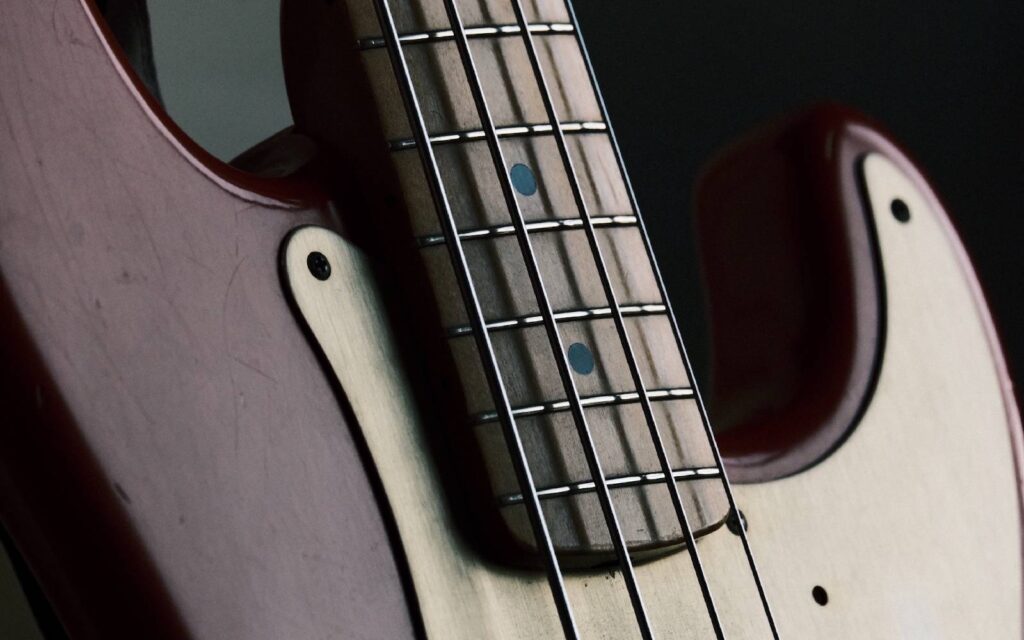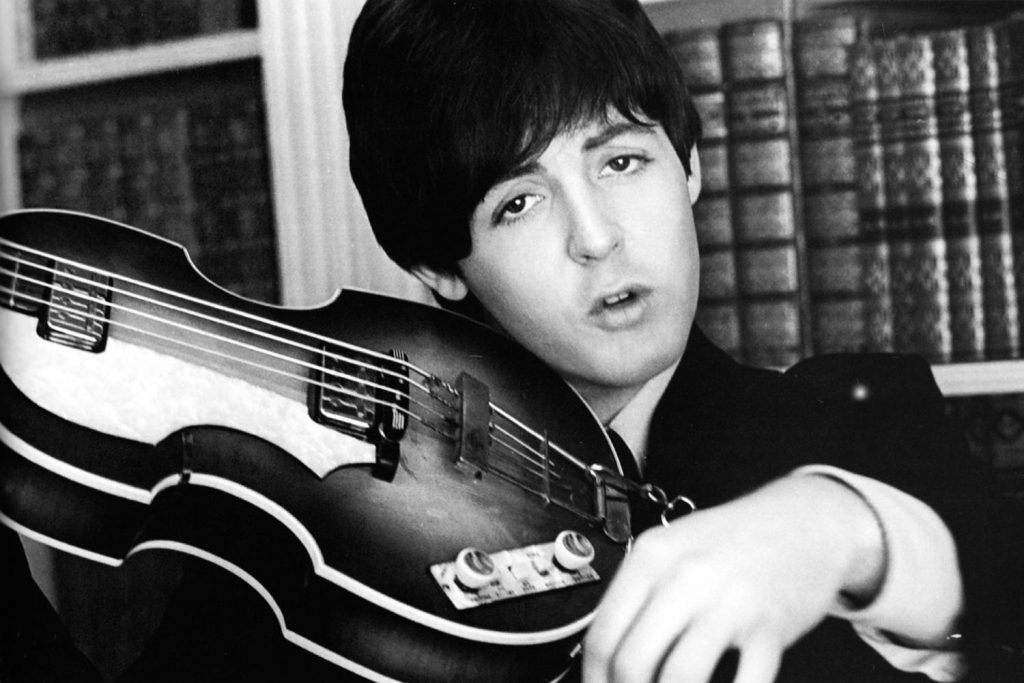
Get to know some Major and Minor arpeggios and fingerings as a start. Figure A shows a few common patterns for each. A Major and Minor can be moved up or down a string for E and D arpeggios, whilst the beauty of the G Major and Minor examples is that you can move the same shape anywhere up the neck, staying on the top E string, or move it down to the A string. Whatever note you start on is the name of the according arpeggio.
Figure B starts to use some additional arpeggio sounds. Typical for rock and blues use your imagination to come up with more variations – remember that a lot of these shapes are movable around the fretboard. Figure C highlights some of these sounds a little further with Dominant 7, Major 7, 6 and Minor 7. Add rhythmic variation to these arpeggios and you start to develop some cool sounds.
Figure D shows some different examples. Obviously, there are lots of chord types and literally hundreds of voicings and fingerings. When you factor in the rhythms used in different styles of music, you’ve got a lot of options. Don’t get overwhelmed though – start with a few and try and incorporate them into your playing. For examples, there may be a song that stays on C Major for 24 bars for example. Why not try adding in some other notes (Major 7 or 6) and see how it sounds?
Everyone from the Beatles to Led Zeppelin to Metallica to Bloc Party have created bass lines from arpeggios so there’s plenty of great music to listen to and absorb. And the best bit is they’re used in almost all styles of music so there should be an application to suit everyone! Watch out for more examples next lesson.







